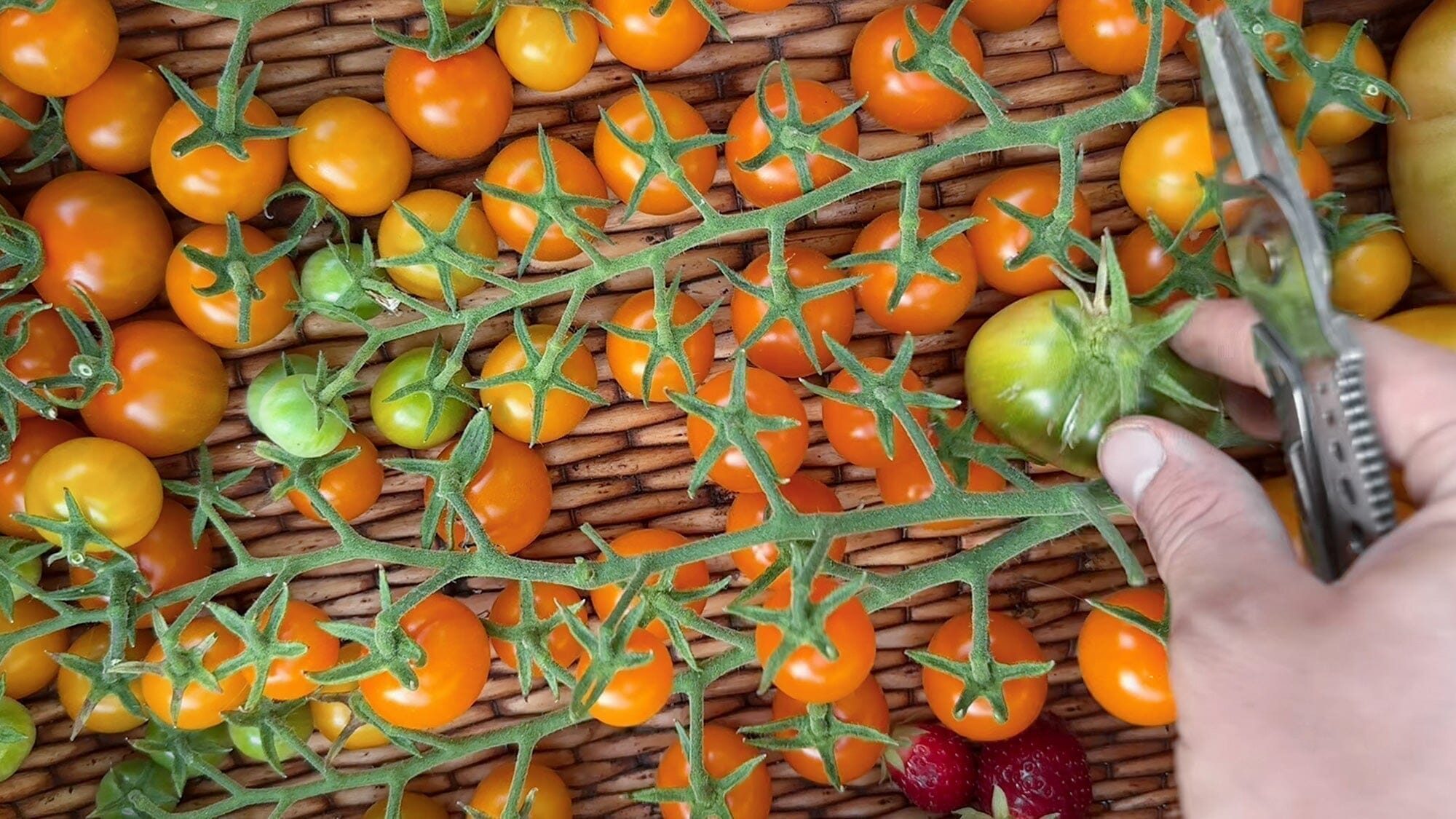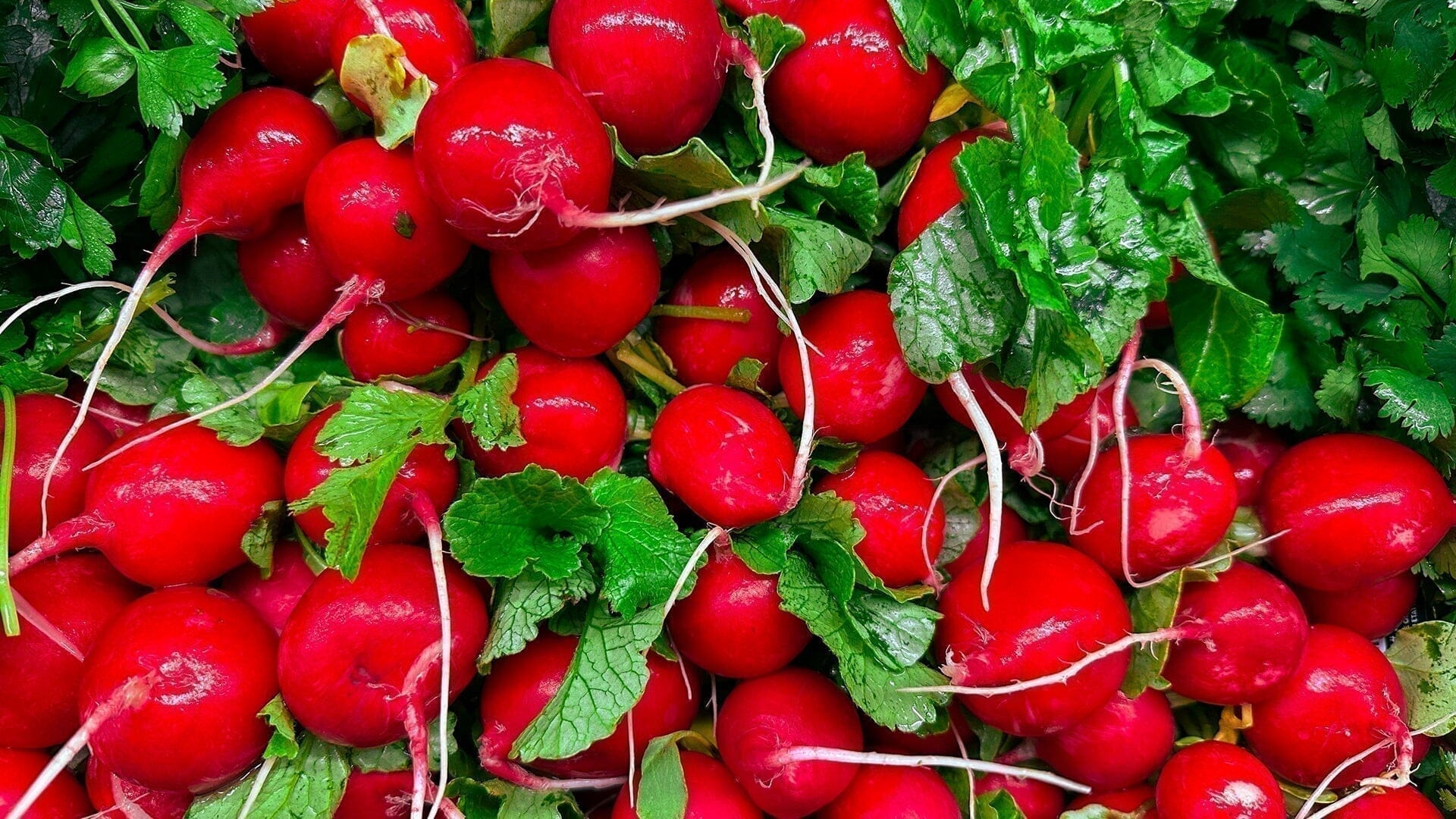by Jenevieve Hubbard of Wild Flora

The first time I ventured out to this wild landscape, my life as I knew it was falling apart.
We had just heard about a thing called Covid. Being an events florist, my work lives solely in the space where humans gather. In this strange new world, I was spending the better part of my workday fielding worried phone calls, postponing events, soothing fears, making new plans, looking for part-time jobs.
In the midst of this, my husband of 8 years was packing up and moving out.
I think it was more out of anxiety than anything that I called up a friend and filmmaker. I asked if she’d like to venture out with me to this special place in the west desert and film as I put together an arrangement. I had just received an entire box of blooms from a small family farm in California. The Apache plume, a desert native in my garden, was bursting with delicate white flowers and I needed just the smallest handful of sagebrush to complete it.
Somewhere between my front door and this striking desert landscape, the tightness in my chest began to loosen. I made one wild arrangement with garden roses, native plants and foraged texture. It was one of the most poignant moments of last spring.
So when I was asked to create a wild foraged arrangement for Barebones, just about at the same time as this experience last year, the image of the desert popped into my mind.
I met photographer, Lexi Marie, on the stretch of dirt road just outside our location. We drove through yellow-green rolling hills reminiscent of the African savanna.
This time my flower van was packed with bearded iris, somewhere in between the color of rose quartz and steel, and bronze-purple hellebore from a cheerfully fallow cutting garden in my backyard. Lexi and I arrived at golden hour: that magical time just before dusk when the sunlight is soft and sleepy.
We stepped into white, powdery sand and collected our supplies for a short hike up a hill.
I had my Gathering Bag on my back; a staple when arranging in the wilderness. The plastic lining held enough water to hydrate newly clipped branches and fill a small bowl. We searched briefly for a patch of sagebrush; it was easy to find because it’s so abundant in this area. I clipped five branches from three obliging shrubs, careful to cut next to the main branch and in a way that would go unnoticed, leaving the plant full and healthy. I put each branch in my Harvest & Gathering bag to hydrate briefly for our walk back up the hill. On the way back, I noticed the wild curve of a winter-baked rabbitbrush, white as a sun-bleached bone, and borrowed three branches.
A Sustainable, Wild-Foraged Flower Arrangement
Back at our chosen arranging spot, a perfectly slanted bit of rock, I set a handmade bowl by Black Wing Clay with a pin frog affixed to the bottom. Pin frogs became my favorite way to arrange early on. I use a bit of floral putty to affix what amounts to a metal weight filled with upright nails, to the bottom of my container. I rarely add any other armature, preferring to allow the plants themselves to hold each other up.
With just a few borrowed stones, I propped up the bowl, and poured in the water from my Harvest & Gathering bag. I set out all my ingredients where I could easily access them, sharpened my pruners, and set to work…looking.

Before any arrangement, I slow myself, and I observe. The curvature of rock, the color and texture of the landscape, the feeling of the moment. These things all inform the design.
I began with a foundation of sagebrush. That soft, silvery, fragrant leaf spoke so much to the landscape and provided the perfect backdrop for a bit of bronze hellebore. These somewhat alien flowers peek their heads out of snow berms in March and provide the first blush of life in the garden. In this arrangement, they burst up from the wild, silvery sage to add structure and form.
Next was the bearded iris. This tall, imposing shape, beloved by desert painter Georgia O’Keefe, rose like the rocks well above the little things below.
Stepping back, I could see how much movement was being created by the Iris and the wildness of the smaller flowers beneath. I wanted one more thing to join the two worlds and speak even more to the gestural sweep of the floral.
The final touch was the rabbitbrush. The height and delicate curvature perfectly married the wild sage below to the sunlit petals of the iris above.


The sweep of the shape spoke to the landscape, the wind, the rock. A bit of last year’s rabbitbrush was a reminder of winter, and the spring blooms brought in the renewal of summer to come.
On the drive home, Lexi and I spoke about our plans for the future and I reflected on this new time in my life. An abundant and bursting cutting garden, weddings and events returning, taking off my mask, and welcoming new love into my life.
Each April, I look at the ravages of winter in my cutting garden and spend just a moment worrying there won’t be much to work from in the coming year. And by May of each year, the garden bursting at the seams with columbine, iris, hellebore, peony and the promise of hundreds of roses, I remember that life returns.
ETHICAL FORAGING
Foraging is a beautiful way to deepen our connection with nature and our local environment. Please remember to follow these rules to ensure an ethical and sustainable foraging practice.
>> Always ask permission from a landowner before foraging. Never intentionally remove plants, rocks, fossils, etc., from national parks or wilderness areas.
>> Never take more than you need.
>> Do as little damage as possible to the plant and the surrounding environment.
>> Leave enough for the plant or plant population to easily recover.
ABOUT
Jenevieve grew up in a native village along the Yukon River in the wilds of Alaska where she spent much of her childhood exploring the forests, rivers and wild iris flanked inlet of the Pacific Ocean. She started her career in floral twenty years ago, first as a horticulturist at Denver Botanic Gardens, then as a florist at a little flower shop in downtown Denver, and another ten years in fine art and graphic design before returning to floral.
Wild Flora specialize in locally and sustainably sourced floral design for weddings & events in the Rocky Mountain West and Pacific Northwest.



